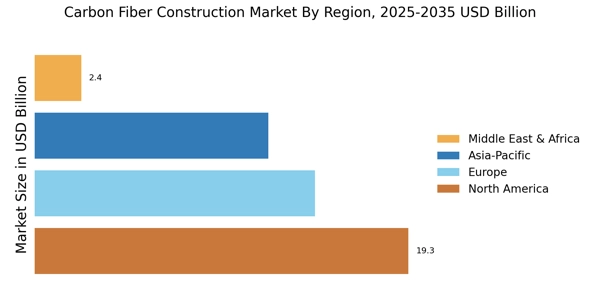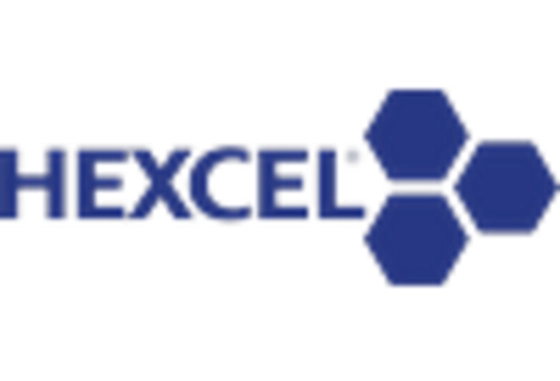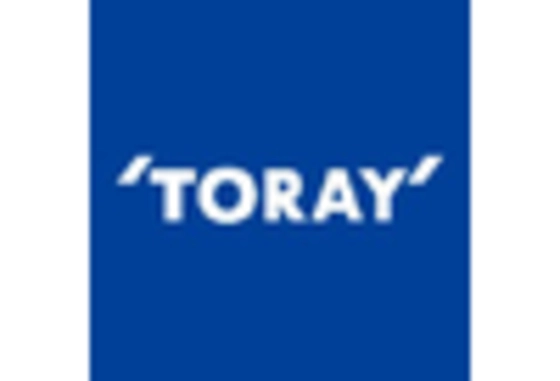Growing Infrastructure Development
The Carbon Fiber Construction Market is benefiting from the growing infrastructure development initiatives worldwide. Governments and private entities are investing heavily in infrastructure projects, including bridges, roads, and buildings, which require durable and high-performance materials. Carbon fiber's superior strength-to-weight ratio makes it an ideal choice for reinforcing structures, thereby enhancing their longevity and safety. According to recent estimates, the global construction industry is projected to reach a value of over 10 trillion dollars by 2025, with a significant portion allocated to innovative materials like carbon fiber. This trend indicates a robust growth trajectory for the carbon fiber construction market.
Enhanced Performance Characteristics
The Carbon Fiber Construction Market is characterized by enhanced performance characteristics that make carbon fiber an attractive option for various applications. Its high tensile strength, resistance to corrosion, and low thermal expansion make it suitable for demanding environments. For instance, carbon fiber can withstand extreme temperatures and harsh weather conditions, which is particularly beneficial in construction projects exposed to the elements. As performance requirements in construction continue to evolve, the demand for materials that can meet these challenges is likely to increase. This trend suggests a promising future for carbon fiber in the construction sector, as it offers solutions that align with the industry's growing performance expectations.
Innovations in Manufacturing Processes
Innovations in manufacturing processes are playing a crucial role in the Carbon Fiber Construction Market. Advanced techniques such as automated fiber placement and 3D printing are enhancing the efficiency and scalability of carbon fiber production. These innovations not only reduce production costs but also improve the quality and consistency of carbon fiber products. For example, the introduction of automated processes can lead to a reduction in labor costs by approximately 30%, making carbon fiber more accessible to a wider range of applications. As manufacturing technologies continue to evolve, the market is expected to witness increased adoption of carbon fiber in construction, driven by these advancements.
Rising Demand for Lightweight Materials
The Carbon Fiber Construction Market is experiencing a notable increase in demand for lightweight materials across various sectors, including automotive, aerospace, and construction. This trend is largely driven by the need for enhanced fuel efficiency and performance. For instance, carbon fiber composites are significantly lighter than traditional materials, which can lead to reduced energy consumption and lower emissions. In the automotive sector, the use of carbon fiber can reduce vehicle weight by up to 50%, thereby improving fuel economy. As industries continue to prioritize sustainability and efficiency, the adoption of carbon fiber in construction applications is likely to rise, further propelling the market forward.
Increased Awareness of Environmental Impact
Increased awareness of environmental impact is driving the Carbon Fiber Construction Market towards more sustainable practices. As stakeholders become more conscious of the ecological footprint of construction materials, there is a growing preference for carbon fiber due to its recyclability and lower environmental impact compared to traditional materials. Carbon fiber composites can be designed to be lightweight and durable, which not only reduces resource consumption but also minimizes waste. This shift in consumer preferences is likely to encourage manufacturers to invest in sustainable carbon fiber solutions, thereby expanding the market and promoting environmentally friendly construction practices.


















Leave a Comment